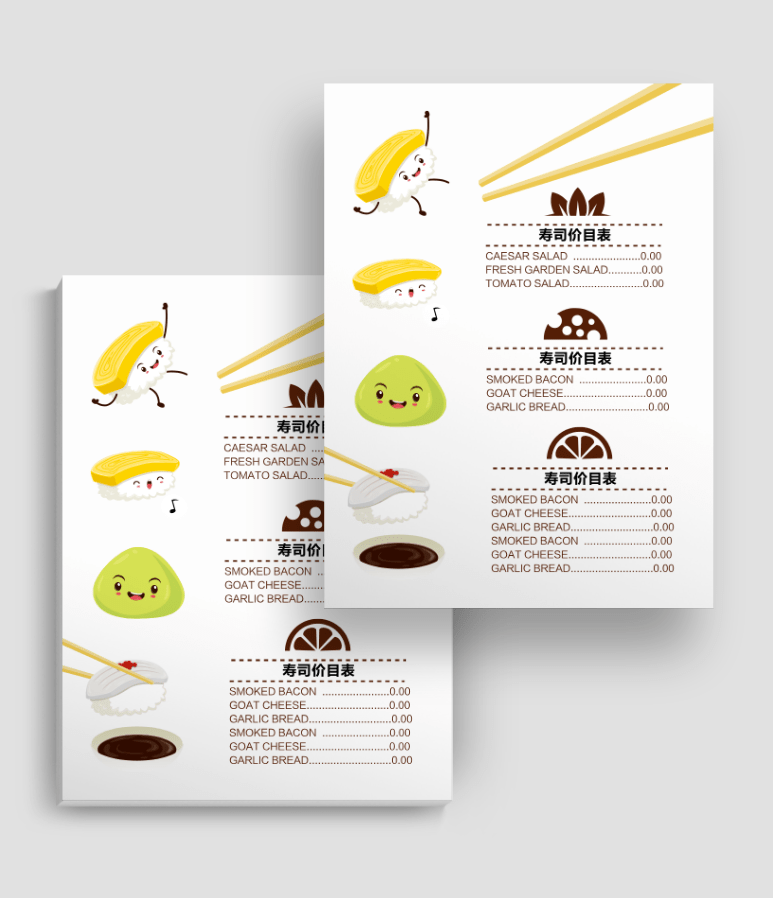2.7.1 模式意图:
系统中常含有多个子系统,随着子系统不断增多,如果始终保持对子系统的直接调用,会明显提高业务逻辑和子系统间的耦合度,造成系统混乱,加大阅读困难,这时我们可以使用外观模式,用此模式持有多个子系统的引用,通过外观这个中间层达到由原来的多对多转变为一对多的情况,对多个子系统的调用就像使用菜单一样,一目了然,利于代码的阅读理解和维护。

2.7.2 模式概念:
又称为门面模式,属于结构型模式。为子系统中的一组接口提供一个一致的界面,此模式定义了一个高层接口,这个接口使得这一子系统更加容易使用。
2.7.3 模式元素:
- 外观(Facade)
- 子系统(IPhysicalSystem、IRenderingSystem、IMoveSystem)
2.7.4 代码示例:
using System.Collections;
using System.Collections.Generic;
using UnityEngine;
using Custom.Log;
interface IPhysicalSystem
{
void Initialize();
void Update();
}
interface IRenderingSystem
{
void Initialize();
void Update();
}
interface IMoveSystem
{
void Initialize();
void Update();
}
public class PhysicalSystem : IPhysicalSystem
{
public void Initialize() { Degbug.Log($"初始化{nameof(PhysicalSystem)}"); }
public void Update() { Degbug.Log($"更新{nameof(PhysicalSystem)}"); }
}
public class RenderingSystem : IRenderingSystem
{
public void Initialize() { Degbug.Log($"初始化{nameof(RenderingSystem)}"); }
public void Update() { Degbug.Log($"更新{nameof(RenderingSystem)}"); }
}
public class MoveSystem : IMoveSystem
{
public void Initialize() { Degbug.Log($"初始化{nameof(MoveSystem)}"); }
public void Update() { Degbug.Log($"更新{nameof(MoveSystem)}"); }
}using System.Collections;
using System.Collections.Generic;
using UnityEngine;
using Custom.Log;
public class Facade
{
#region Facade
static Facade() { }
private Facade() { }
private readonly static object staticsync = new object();
private volatile static Facade instance = null;
public static Facade Instance
{
get
{
if (instance == null)
{
lock (staticsync)
{
if (instance == null)
{
instance = new Facade();
}
}
}
return instance;
}
}
#endregion
private IMoveSystem moveSystem = new MoveSystem();
private IPhysicalSystem physicalSystem = new PhysicalSystem();
private IRenderingSystem renderingSystem = new RenderingSystem();
public void Initialize()
{
moveSystem.Initialize();
physicalSystem.Initialize();
renderingSystem.Initialize();
}
public void Update()
{
moveSystem.Update();
physicalSystem.Update();
renderingSystem.Update();
}
}调用
public class FacadeComponent : MonoBehaviour
{
Facade facade = null;
void Start()
{
facade = Facade.Instance;
facade.Initialize();
}
private void Update()
{
facade.Update();
}
}2.7.5 写法对比:
略
2.7.6 模式分析:
外观模式相对于其他设计模式来讲是一种既简单又实用的编程技巧。
其实外观模式的这种思想在生活中也有很广的应用,例如: 1.我们去餐厅吃饭时菜单和点菜器,这就是一种外观模式的体现,我们不需要跟各类厨师进行交互,只需要对菜单发出“指令”即可。 2.电脑的开机键,一键开机,不需要通知CPU、显卡、内存、硬盘等电子元件开始工作。这种结构,使得我们上层调用的时候不需要知道明确的子系统,只需要知道Facade定义的对应函数即可,降低耦合度,符合迪米特法则,但它的缺点就是破坏了开闭原则,如果后期子系统有改动,Facade会变动比较频繁。
还有一个要注意的是,Facade只能调用其子系统中含有的函数,完成对各个子系统自带函数的拼装,不能自建新的业务逻辑,例如我们的示例,要在Facade类里面根据
moveSystem添加新的业务逻辑这个是不允许的,,而且外观模式封装的是单向交互,是从客户端访问系统的调用,不允许从系统中来访问客户端的调用。这些注意要素其实在PureMVCFramework中就有很好的体现,在对应的Facade类中(如下所示),仅仅就是模型、视图、控制层这些子系统的单向调用自身函数,并没有添加一些其他的自建业务逻辑。
namespace PureMVC.Patterns.Facade
{
public class Facade : IFacade
{
//省略其他代码***
public virtual void RegisterCommand(string notificationName, Func commandFunc)
{
controller.RegisterCommand(notificationName, commandFunc);
}
public virtual void RemoveCommand(string notificationName)
{
controller.RemoveCommand(notificationName);
}
public virtual bool HasCommand(string notificationName)
{
return controller.HasCommand(notificationName);
}
public virtual void RegisterProxy(IProxy proxy)
{
model.RegisterProxy(proxy);
}
public virtual IProxy RetrieveProxy(string proxyName)
{
return model.RetrieveProxy(proxyName);
}
public virtual IProxy RemoveProxy(string proxyName)
{
return model.RemoveProxy(proxyName);
}
public virtual bool HasProxy(string proxyName)
{
return model.HasProxy(proxyName);
}
}
} 2.7.7 应用场景:
需要对多个子系统的单向调用。
2.7.8 小结:
利用外观模式来降低业务逻辑与各子系统间的耦合度,同时也要注意后续频繁改动需求,引起的Facade类发生一系列改变而带来的风险。